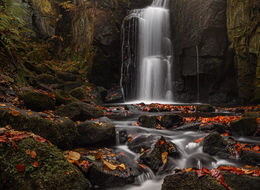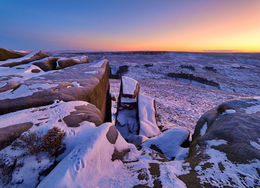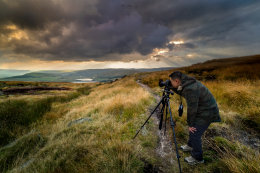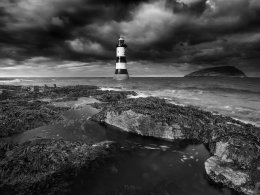Blog
Nisi Natural Night Filter Review
21/05/17
With the release of the new Natural Night filter from Nisi I wanted to give it a test to see if it lives up to what it promises, and the results were intriguing. Read on for more.

The Natural Night Filter was released by Nisi in March 2017 is available in square 100x100, 150x150 and now round screw in sizes. It is optical glass as all Nisi filters and has layers to cut out unwanted wavelengths of light, giving it a distinctive purple tone.
I went to a location I know well, the old Pier in Hull. Next test will be shots over Manchester where there are light polluted skies, but these will give a first impression. It is by no means comprehensive, and the images are intended to show how the filter works, they are not an exercise in great night photography or composition.
All images were taken using the Olympus EM1mk2 and the 7-14 Pro lens. Images are straight out of camera jpeg with no editing.
Set 1 – The Deep Sea Life Centre, Hull.

I chose this view because of the multiple light sources and the light pollution on the horizon from Paull Refinery, the gas refining works which dominates the skyline. It’s also a good test to see how the filter would cope with WB.
First Image – 15 seconds gave a good exposure. Note the light pollution on the horizon and the yellow/green shift on the jetty.
Second Image – 20 seconds exposure, although I wanted to test at the same exposures it would not be correct, considering the filter loses 1.5 stops. So 20s was needed. But wait, 20s is not compensating for 1.5 stops; it should have needed around 40s.
Note the horizon, the light pollution has been completely removed giving an even colour and tone to the sky, and the colour of the jetty and building are much more natural.
Can I do this without the Natural Night Fiter? Sure, otherwise how have we been doing night photography so far? Changing the white balance and making selective edits to colour tones will correct the first image, although it will leave the area just above the horizon and lights looking a little muddy, but the point is being able to produce night images with less work, so it seems to do the job here.
It seems to saturate blues a little, reducing blue gave a very nice natural shot, although I left it sooc.
Set 2 – The Pier

Another scene with different light sources and light pollution on the horizon. The image with the filter needed 10s longer although the first image is a tad under exposed, so the difference again is not 1.5 stops. Pollution is removed and colour is more natural.
Set 3 – The Bench

Chosen again because of the multiple light sources, those on the pier and in the streets giving different colours. There isn’t as much light pollution here, just a small amount in the background which was removed. What is interesting is the colour is balanced in the second image giving a more natural neutral tone and the exposure was exactly the same.
Set 4 – The Tidal Barrier

Again exposure was exactly the same, and light pollution on the left hand background is removed. Whites are white and the different light sources are balanced more naturally.
Conclusion.
There is no doubt that for removing light pollution the Natural Night Filter from Nisi does work and it works very well. In some instances you could achieve a similar result by altering the colour balance, albeit with having to do it selectively in areas because the colour balance from different light sources will always be different. The point of the filter though is to remove light pollution, and in that respect it works. It does also reduce the work needed in colour balance.
What intrigued me is the light loss. Using an Olympus we need every bit of light we can to keep Iso as low as possible to reduce noise, and the shots do show it is not 1.5 stops light loss.
It leads me to think that because of the different wave lengths it blocks it improves clarity and light transmission, therefore reducing exposure time, so it actually appears to be around half a stop light loss.
If you are a night photographer no doubt this will be a very useful addition to the kit bag.
Gear Used

Disclosure
I am a Nisi Ambassador, however I have tried to be as honest as I can and open about the results.
Follow Me on Facebook
Flickr
7-14 Adapter
Index








